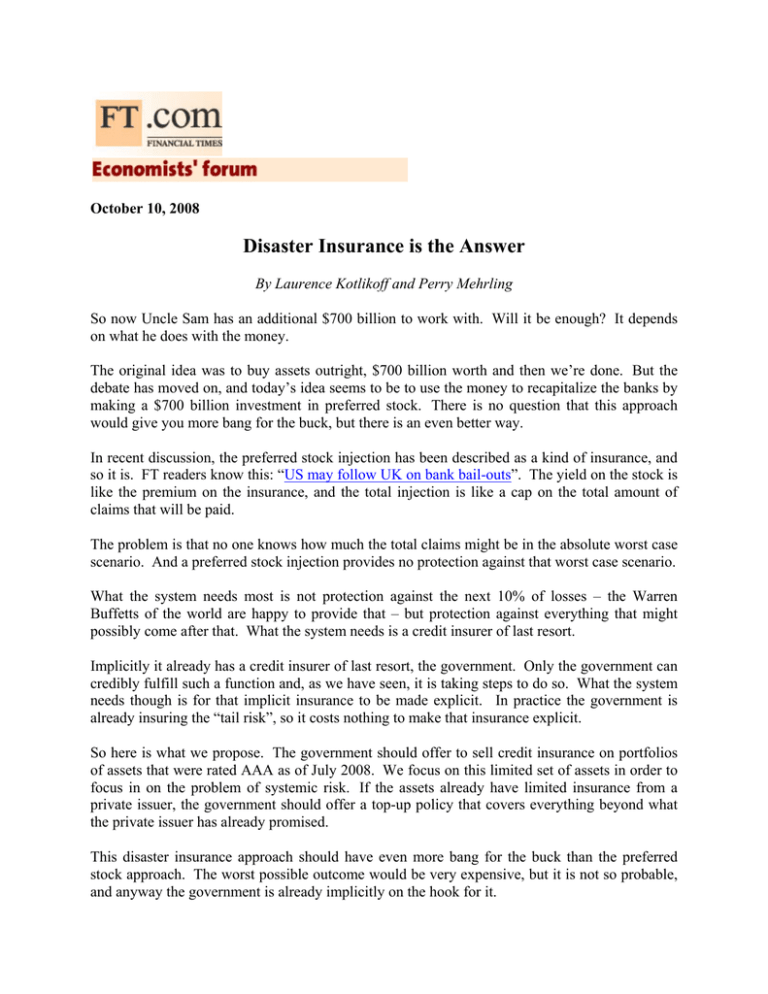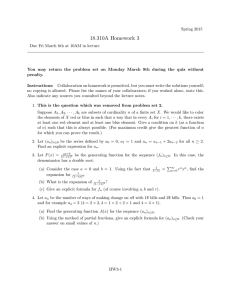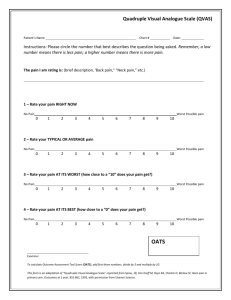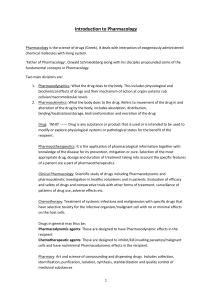Disaster Insurance is the Answer
advertisement

October 10, 2008 Disaster Insurance is the Answer By Laurence Kotlikoff and Perry Mehrling So now Uncle Sam has an additional $700 billion to work with. Will it be enough? It depends on what he does with the money. The original idea was to buy assets outright, $700 billion worth and then we’re done. But the debate has moved on, and today’s idea seems to be to use the money to recapitalize the banks by making a $700 billion investment in preferred stock. There is no question that this approach would give you more bang for the buck, but there is an even better way. In recent discussion, the preferred stock injection has been described as a kind of insurance, and so it is. FT readers know this: “US may follow UK on bank bail-outs”. The yield on the stock is like the premium on the insurance, and the total injection is like a cap on the total amount of claims that will be paid. The problem is that no one knows how much the total claims might be in the absolute worst case scenario. And a preferred stock injection provides no protection against that worst case scenario. What the system needs most is not protection against the next 10% of losses – the Warren Buffetts of the world are happy to provide that – but protection against everything that might possibly come after that. What the system needs is a credit insurer of last resort. Implicitly it already has a credit insurer of last resort, the government. Only the government can credibly fulfill such a function and, as we have seen, it is taking steps to do so. What the system needs though is for that implicit insurance to be made explicit. In practice the government is already insuring the “tail risk”, so it costs nothing to make that insurance explicit. So here is what we propose. The government should offer to sell credit insurance on portfolios of assets that were rated AAA as of July 2008. We focus on this limited set of assets in order to focus in on the problem of systemic risk. If the assets already have limited insurance from a private issuer, the government should offer a top-up policy that covers everything beyond what the private issuer has already promised. This disaster insurance approach should have even more bang for the buck than the preferred stock approach. The worst possible outcome would be very expensive, but it is not so probable, and anyway the government is already implicitly on the hook for it. The Treasury could implement this approach immediately under existing provisions of the buyout bill. Section 102 explicitly allows the Treasury to sell credit insurance, and to segregate premiums received in a special Troubled Assets Insurance Financing Fund. This Fund would be available to pay claims as they may come in, and if those premiums prove insufficient there is also the $700 billion borrowing facility. If we want to limit the explicit exposure of the government to $700 billion, we can do so by limiting the number of credit policies we write. The credit problem is a big one, and its solution will require a coordinated approach involving multiple interventions at multiple levels. At its core however the problem is about the realization of a systemic risk event, and about private sector concerns about possible additional realizations that they are currently unable to hedge. We can put a floor on the problem by providing insurance against systemic risk. October 10th, 2008 in Credit squeeze, Current Affairs, US economy, US policy | Permalink The FT Economists' Forum is a discussion among some of the world's top economists. As a general rule we accept comments from invited members only, but submissions from others will also be considered.







